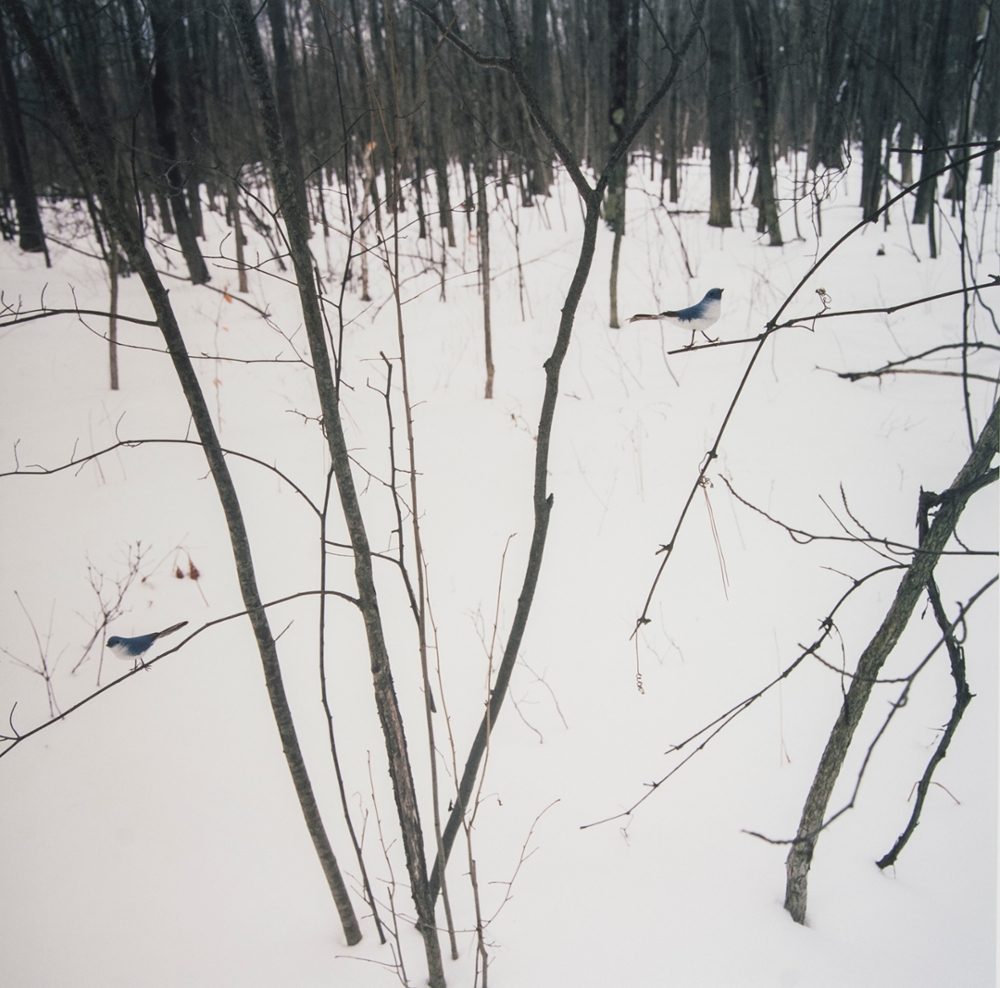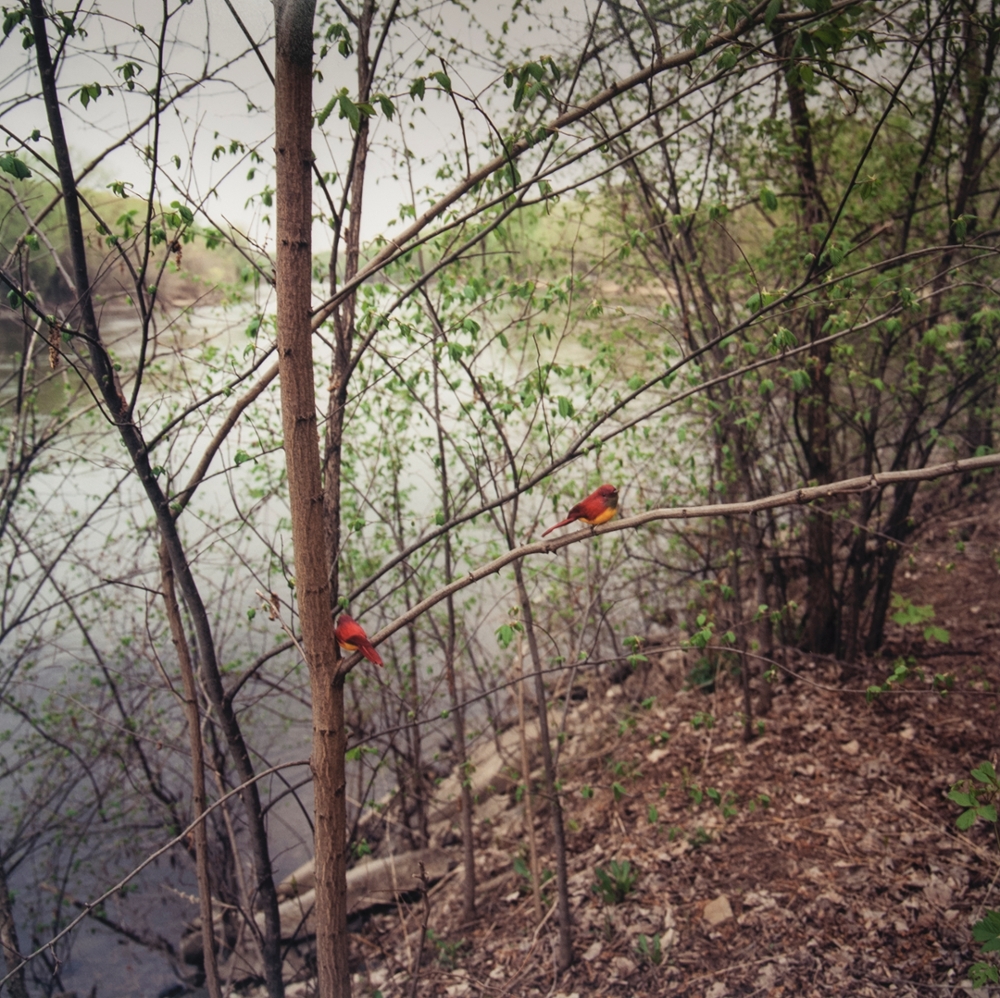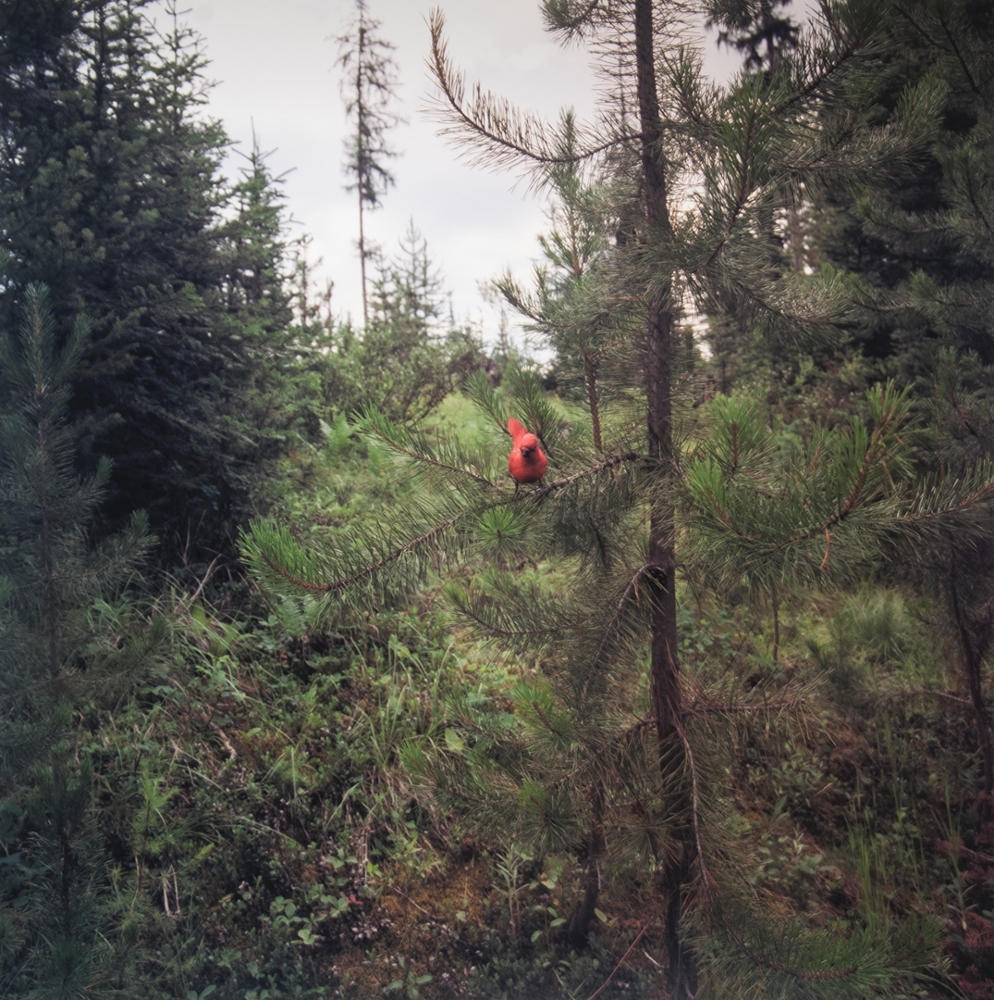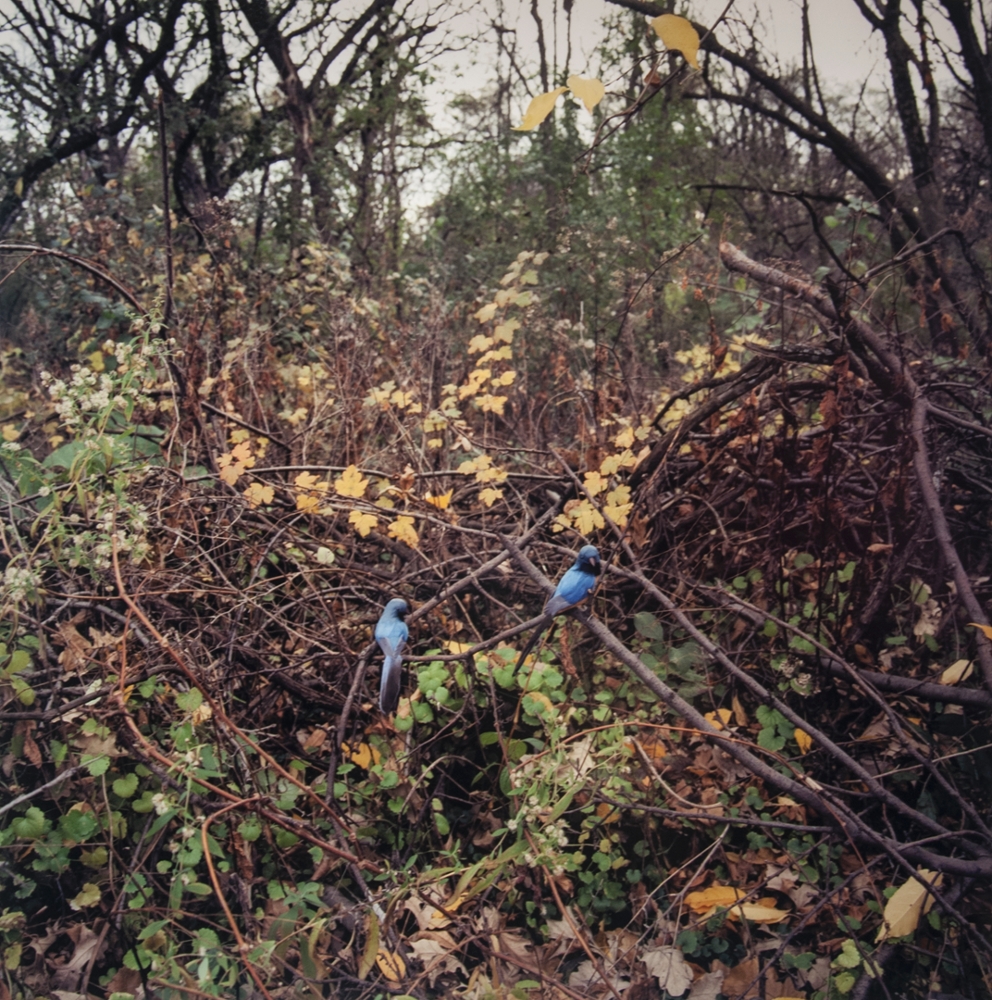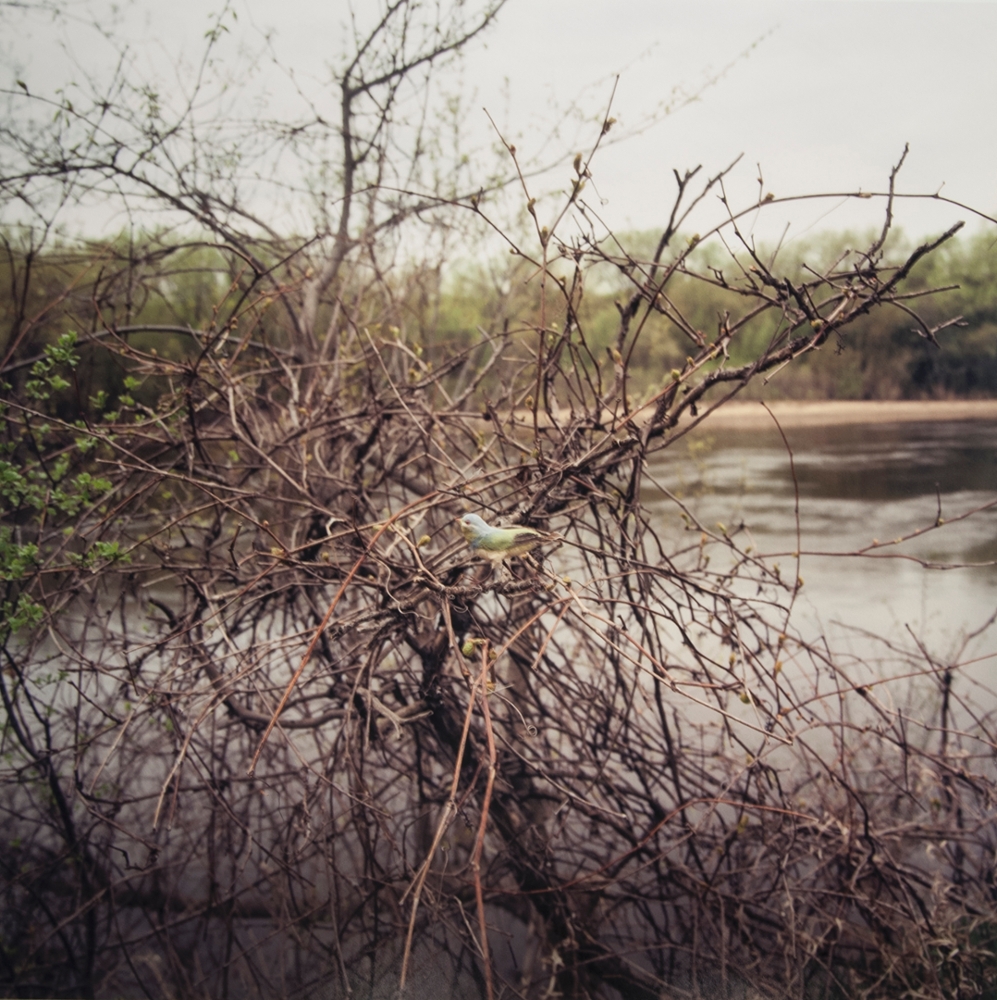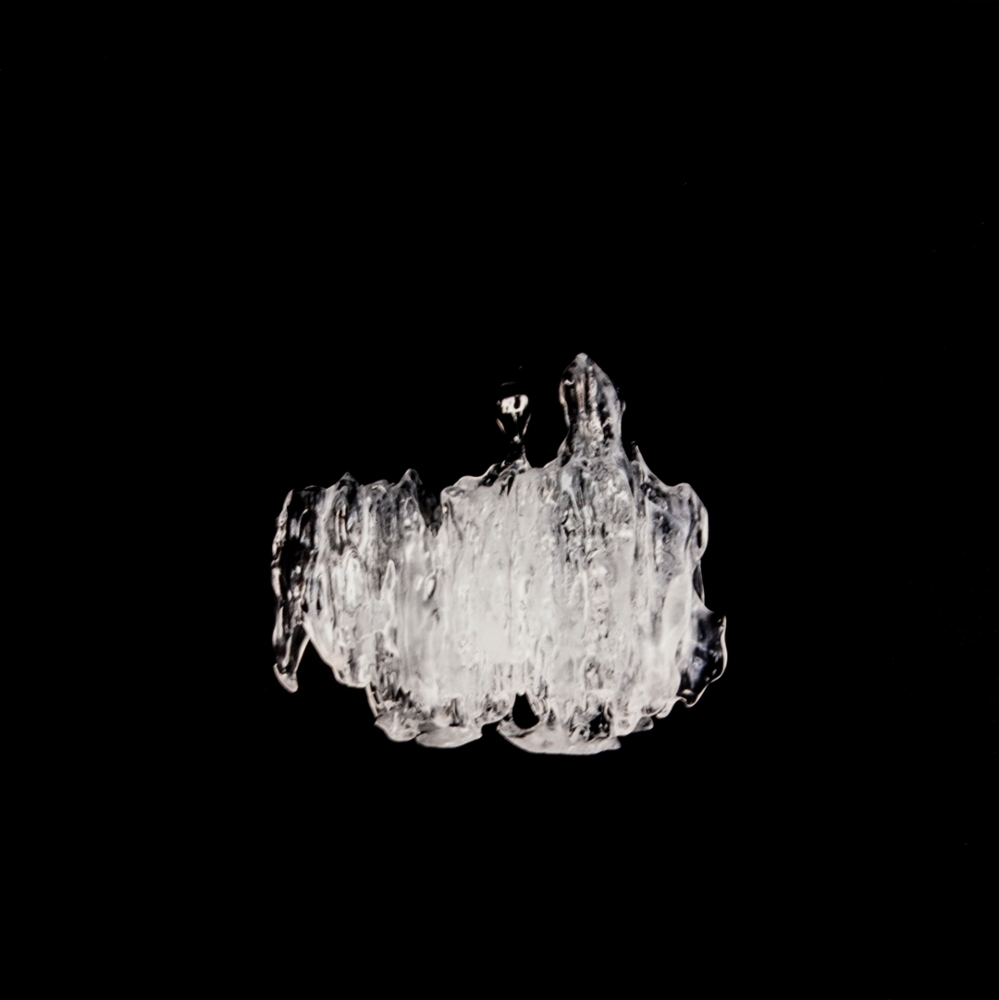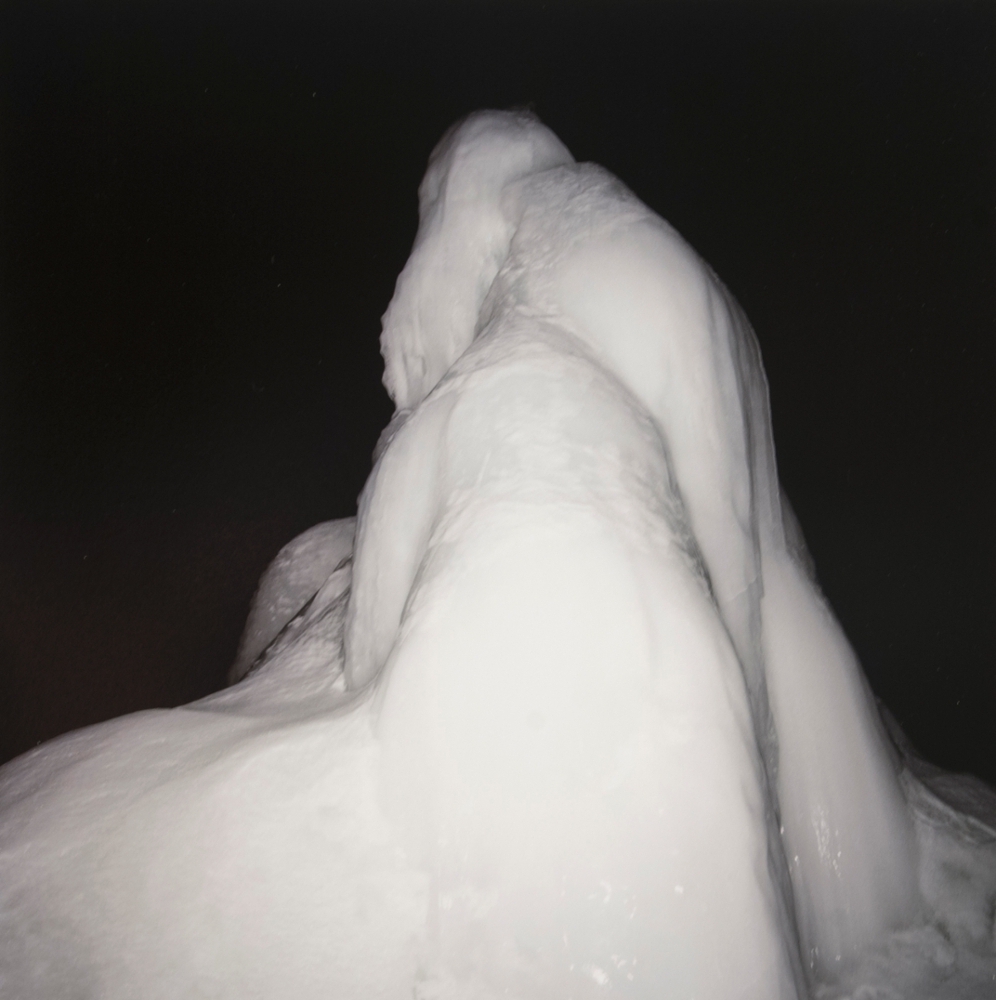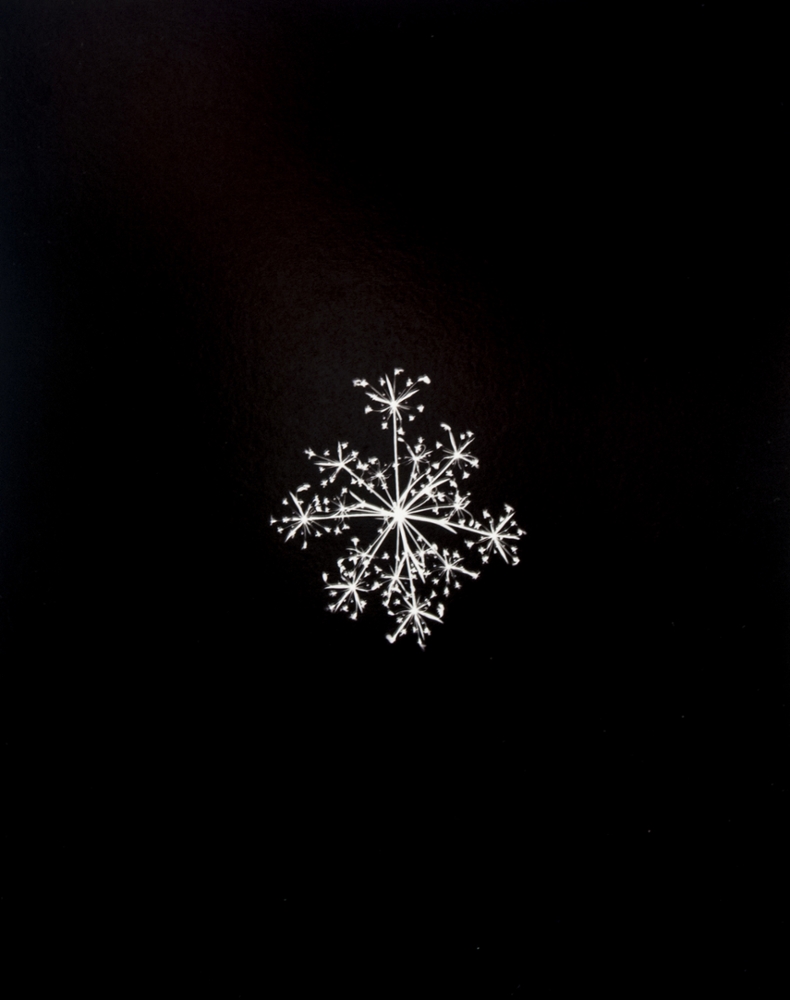Paula McCartney
(American, b.1971; resides Minneapolis, MN)
In her series Hide the Sun (2014-2017) Paula McCartney constructs still lifes and portraits that features the color yellow as a representation of life's dualities. Most of McCartney's images are photographed outside at night, with yellow appearing as woven throughout the series among imagery of decay and flash lit in the abscence of natural light. The artist states: "Yellow is the most visible color of the spectrum. Next to black, it appears brighter than white. Yellow is associated with enlightenment and optimism but also caution." McCartney presents her subjects boldly and brightly in the center of the frame, as if they are evidence left from an unknown disaster. In some images, yellow appears in bouquets of flowers or leaves on a tree, while in others it appears in fabrics or other manmade elements. Collectively, the series evokes a cinematic eeriness and imagines a world without the warmth of the sun’s rays.
Paula McCartney completed a Certificate in Photography from the International Center of Photography, New York (1996), a BFA from Empire State College, New York (1998), and an MFA from San Francisco Art Institute (2002). She is the recipient of a 2007 and 2013 McKnight Artist Fellowship for Photographers, a 2005 Women’s Studio Workshop Artists’ Book Production Grant and a 2004 Aaron Siskind Foundation Individual Photographer’s Fellowship Grant. Recent solo exhibitions include Bird Watching at the Indianapolis Museum of Art, Indiana and A Field Guide to Snow and Ice at Kopeikin Gallery, Los Angeles, California. Her work is also held in the permanent collections of the Museum of Modern Art, New York; Smithsonian American Art Museum, Washington DC; and Minneapolis Institute of Arts, MN, among others.
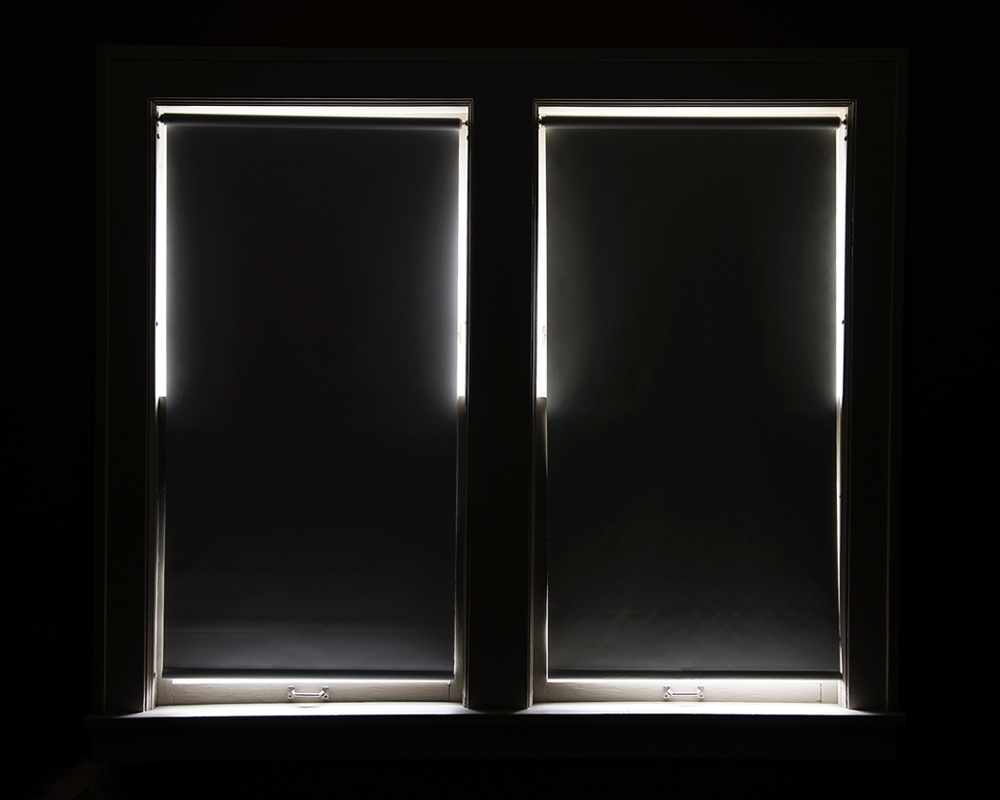
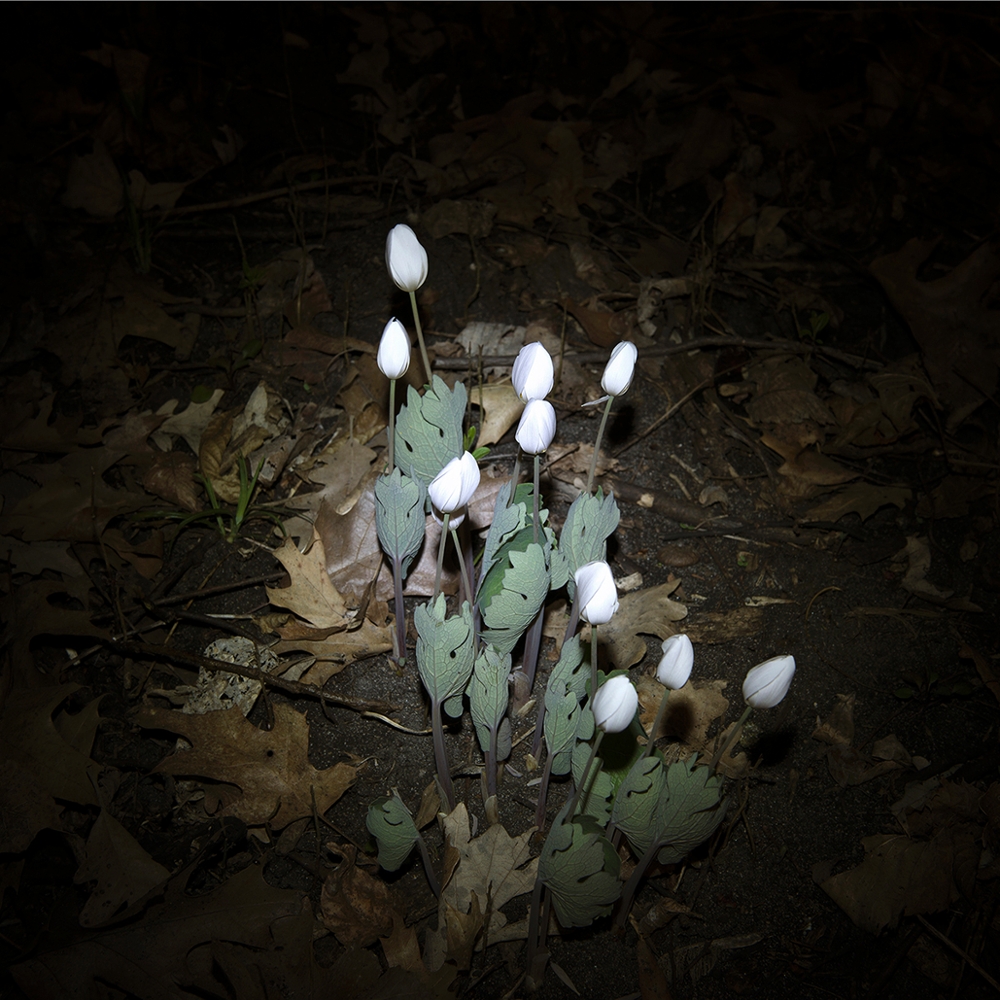
Untitled (spring flowers), from Hide the Sun, 2014-2017
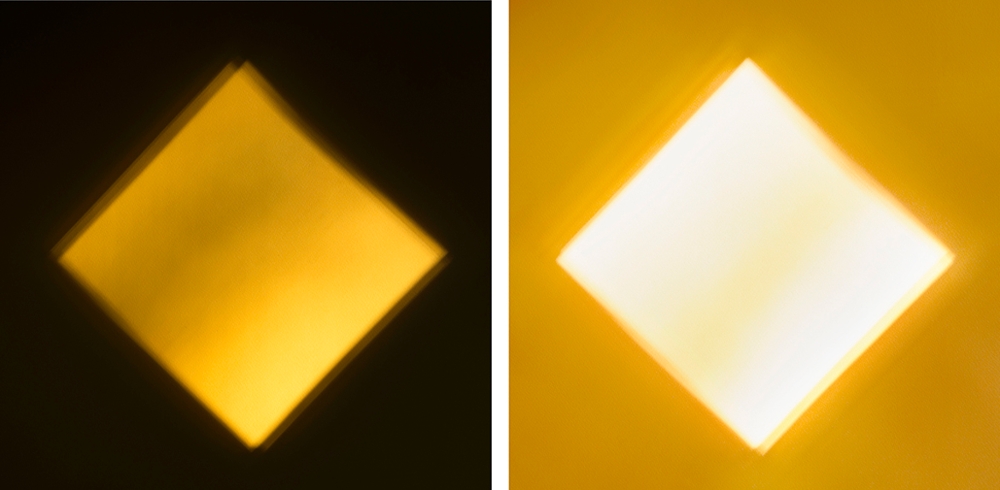

Untitled (painted tree stump), from Hide the Sun, 2014-2017
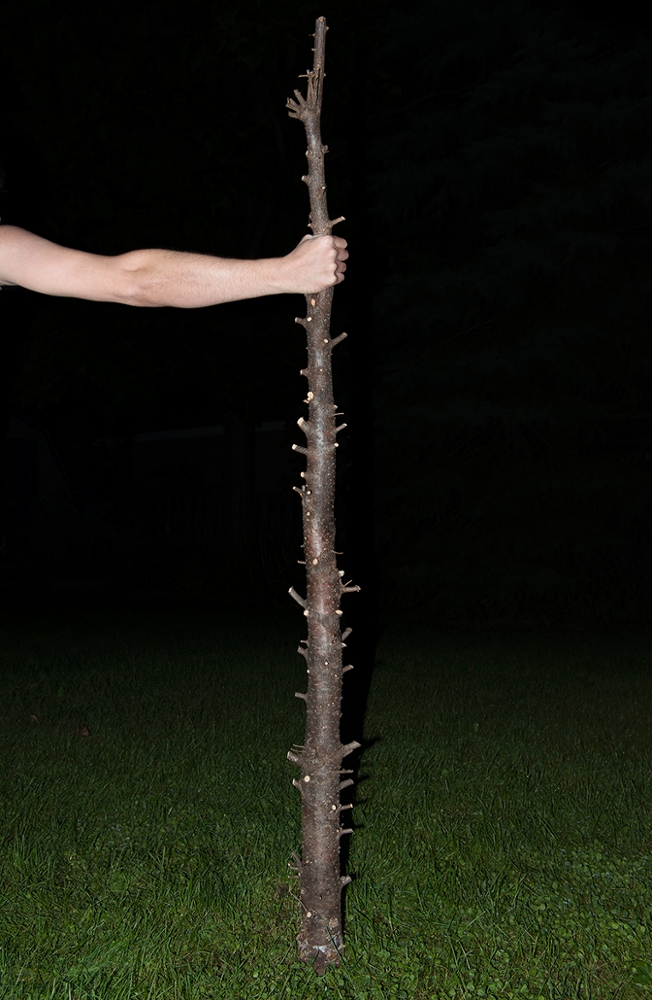
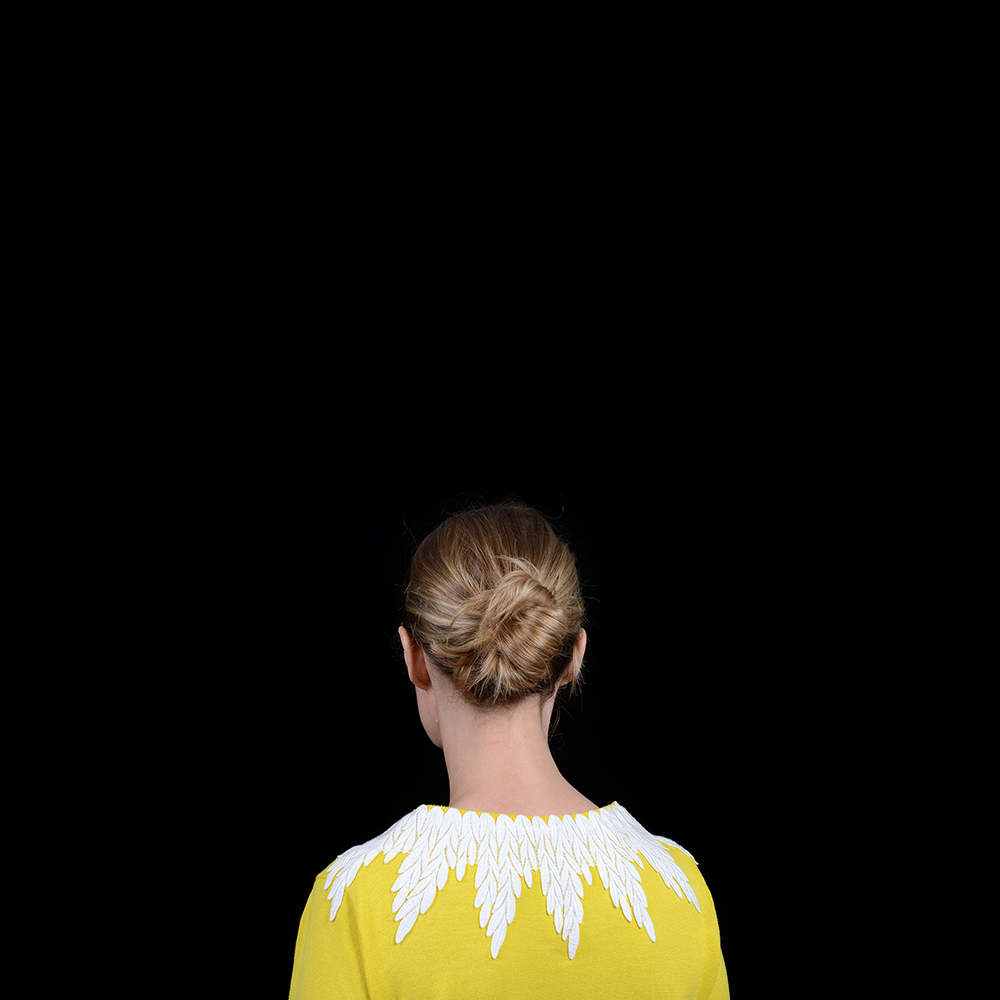
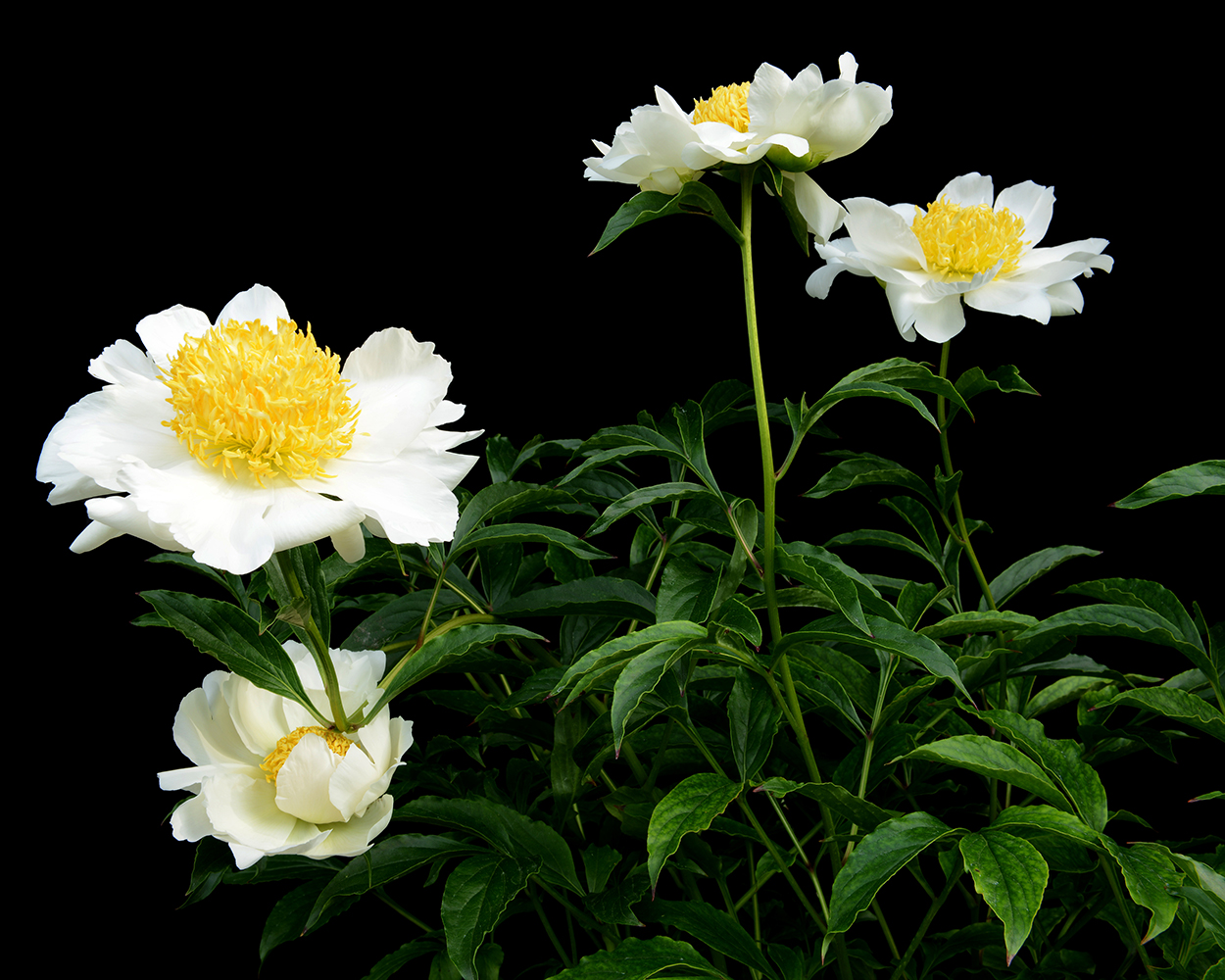


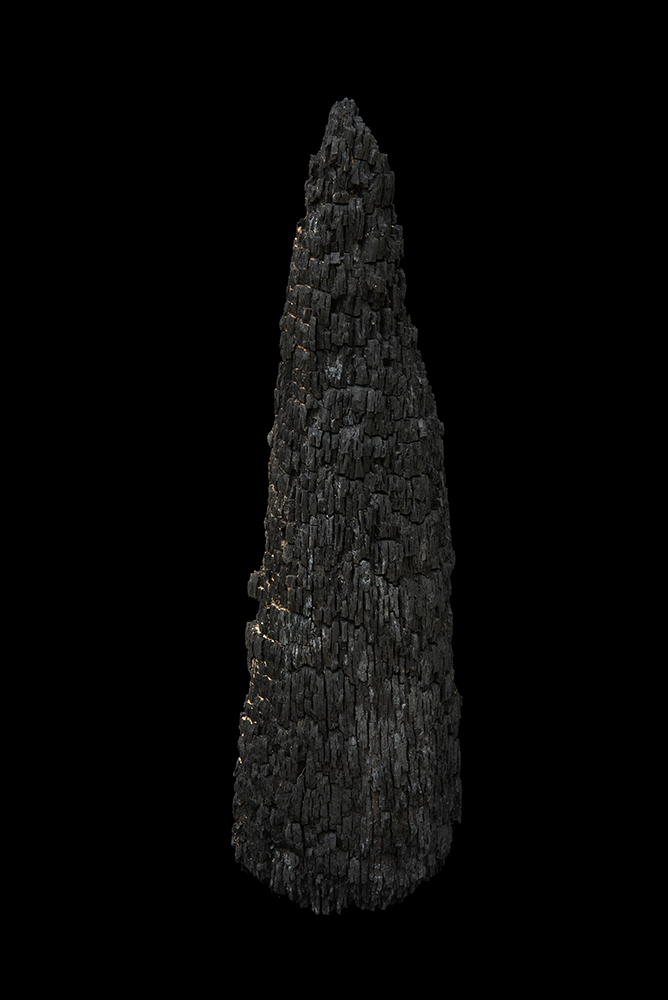

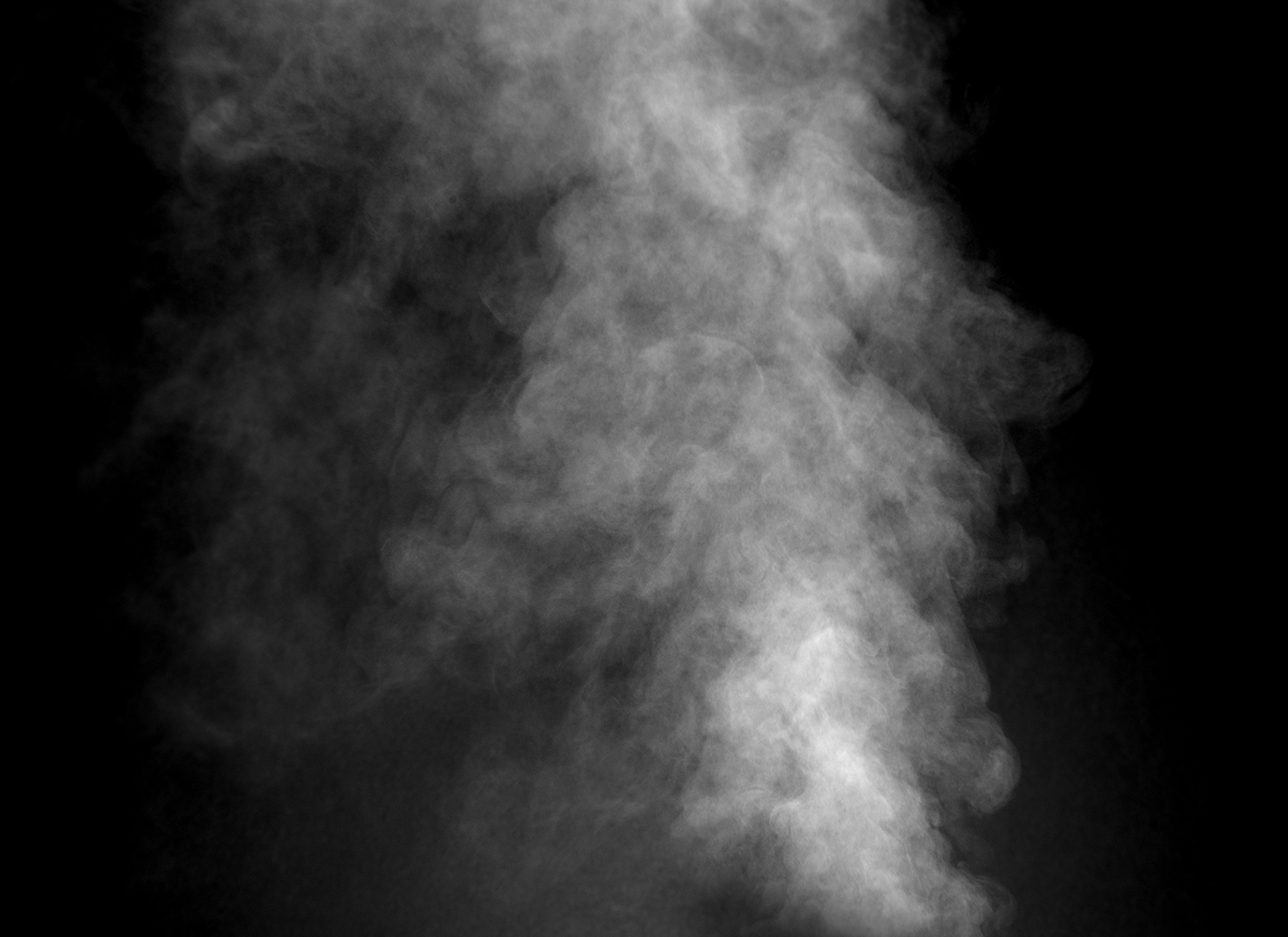
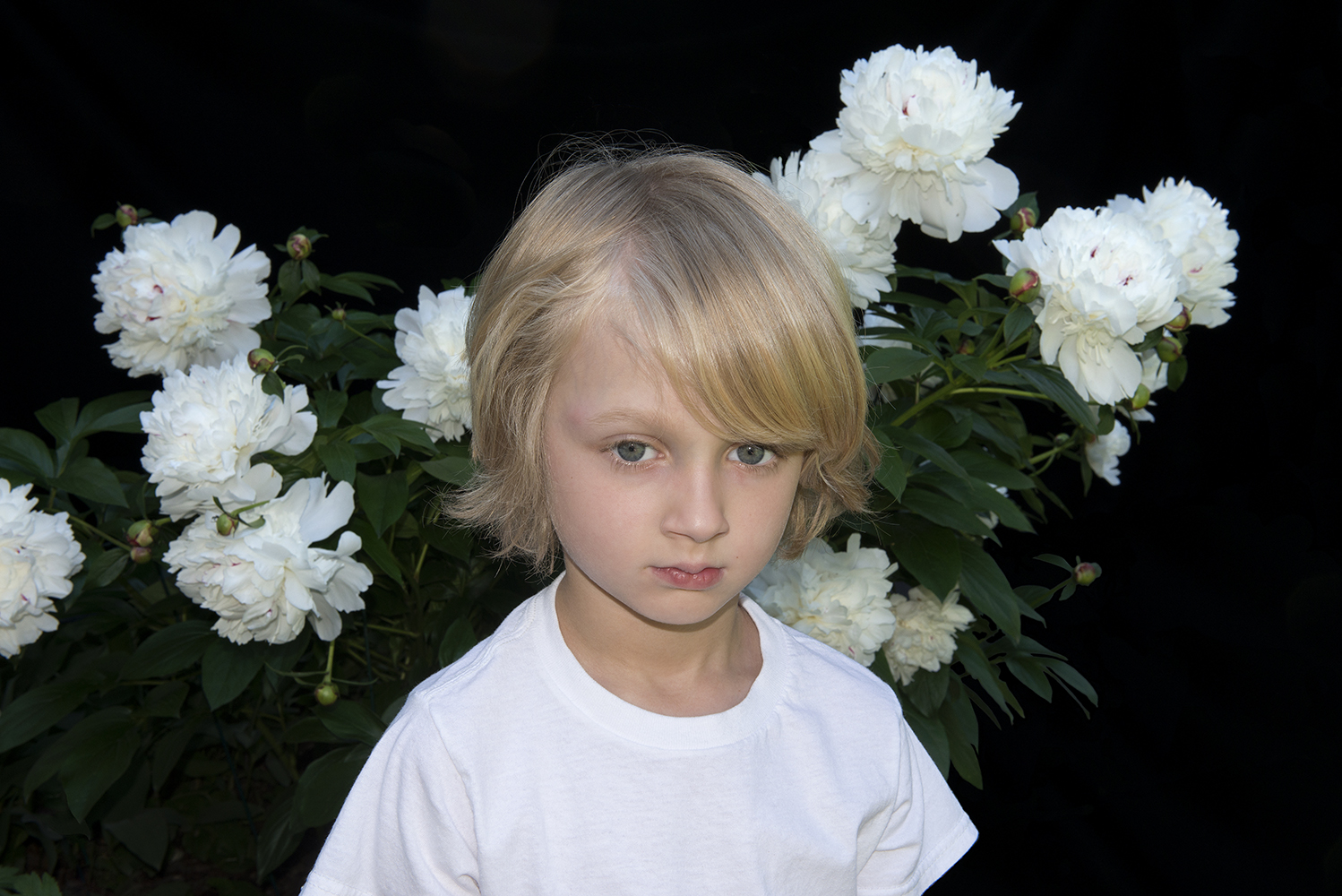


PAST PORTFOLIOS
Rather than settling for what nature has to offer, I have taken control and adorned the trees with their longed for, but absent, tenants. —Paula McCartney
In Paula McCartney’s series Bird Watching, densely wooded landscapes are enlivened, ironically, by brightly colored craft store songbirds. While the deceit is more obvious in some pictures than others, these faux fowl punctuate their environments both as formal elements—carefully arranged amid the arc and curve of brush and branches—and as a curious construction that offers an idealized vision of nature undercut by a gentle satire of that ideal. Expected to be a two-year project, McCartney began the Bird Watching series in 2003, and will release a book with the same title co-published by Princeton Architectural Press and the MoCP in 2010. She exhibited the series at Klompching Gallery in New York City in a solo show, March 4-April 23, 2010.
In a another body of work, A Field Guide to Snow and Ice, McCartney continues to explore nature, this time taking on the harsh and often beautiful elements of winter. After moving from San Francisco to Minneapolis, the artist found herself haunted by the intense cold of Minnesota’s long winters. Inspired, she created a field guide of sorts, which combines ominous night shots of snow and ice with photograms of the summer wildflower Queen Anne’s Lace made to look like snowflakes. With this contradiction of season, as well as a disorienting treatment of space and scale, the series creates a psychological portrayal of winter that hints at cold weather’s power to linger the minds of northerners even during summer months.
